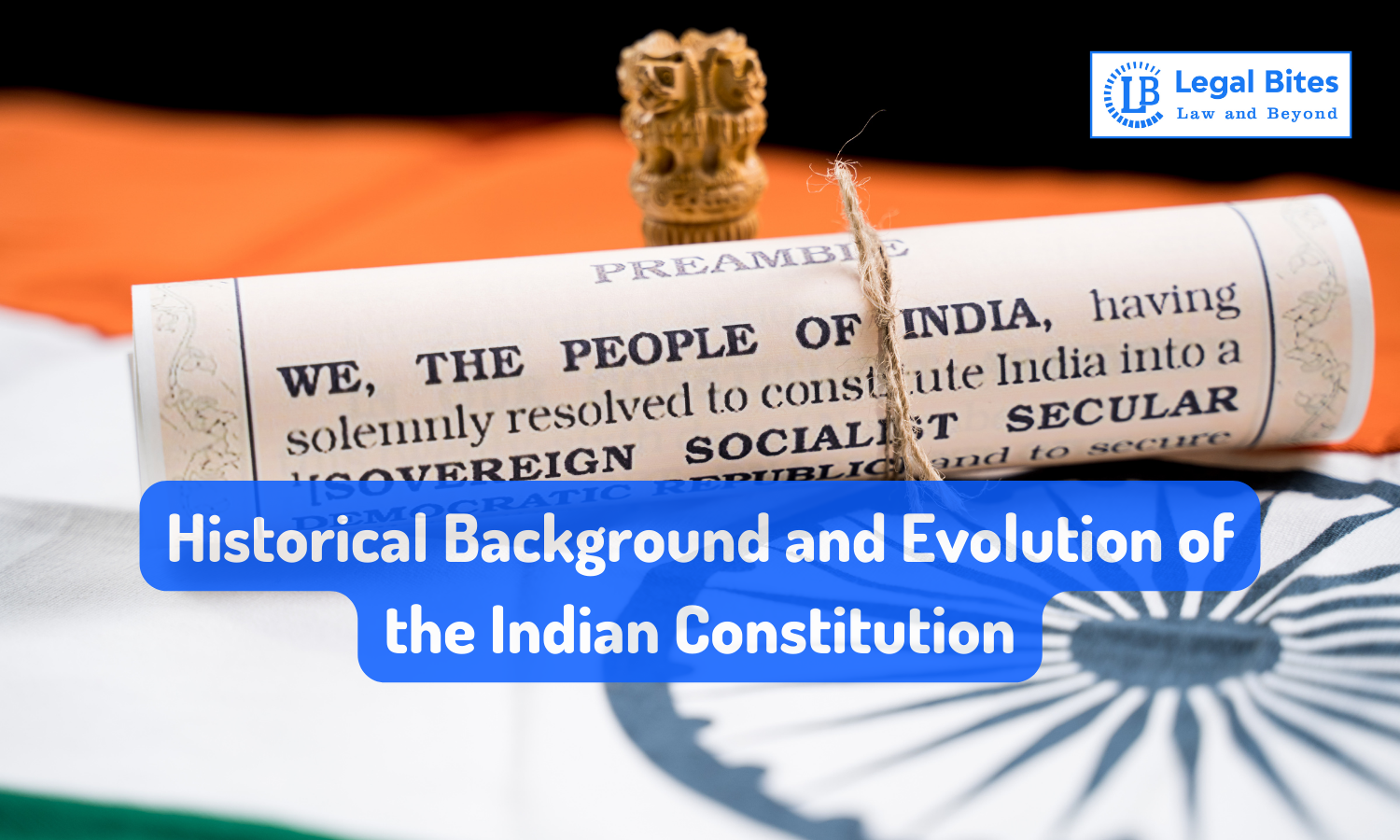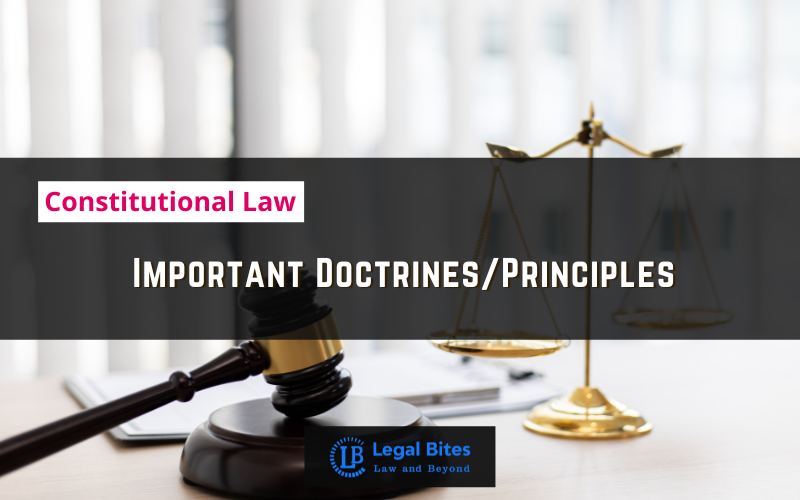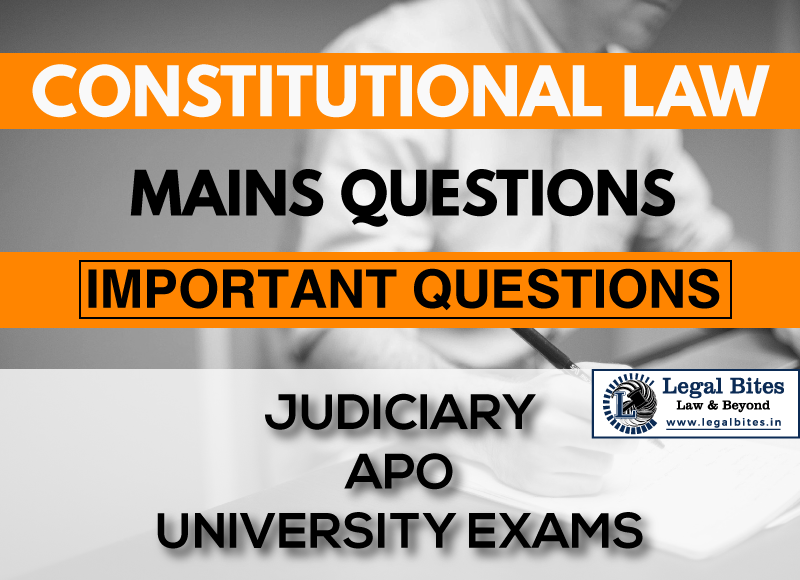Historical Background and Evolution of the Indian Constitution
This historical background and evolution of the Indian Constitution can be studied under two broad heads: The Company Rule (1773 – 1858) The Crown Rule (1858 – 1947).;

Historical Background and Evolution of the Indian ConstitutionIntroduction The Company Rule (1773 – 1858) The Crown Rule (1858 -1947) sources of the Indian Constitution Introduction This historical background and evolution of the Indian Constitution can be studied under two broad heads: The Company Rule (1773 – 1858) The Crown Rule (1858 – 1947). Colonial rulers had employed and devised to manage Indian affairs, and some legacy of the British administration system can...
Historical Background and Evolution of the Indian Constitution
- Introduction
- The Company Rule (1773 – 1858)
- The Crown Rule (1858 -1947)
- sources of the Indian Constitution
Introduction
This historical background and evolution of the Indian Constitution can be studied under two broad heads:
- The Company Rule (1773 – 1858)
- The Crown Rule (1858 – 1947).
Colonial rulers had employed and devised to manage Indian affairs, and some legacy of the British administration system can be noticed in Indian polity and constitution.
In 1600 AD, the British came to Indian Subcontinent at the port of Surat for trade. By the 1750s, the East India Company started interfering in Indian political issues. The Company saw the ascent of its fortunes and its change from a trading venture to a ruling venture when one of its military officials, Robert Clive, defeated the powers of the Nawab of Bengal, Siraj ud-Daulah, at the Battle of Plassey in 1757. In 1858, after the First War of Independence 1857, also known as the Revolt of 1857, the East India Company's rule was ended. The British Crown surpassed direct control of India after the dissolution of the East India Company and began the British Raj.
The British crown had always assumed sovereignty over India. The Government of India Act 1858 was the first statute passed by parliament, which is marked as the beginning of the evolution of the Indian Constitution.
Indian democracy has some features carried from the British Raj:
- Separation of Powers
- Distribution of Powers
- Federal Government
- Bicameral Legislature at Centre and States
- A representative form of Government
- Responsible form of Government
Following is the gradual evolution of each of these provisions from a unitary and centralized government which was ruled by Secretary of States, appointed by the British Parliament
The Company Rule (1773 – 1858)
The rule of East India Company is the Company rule which involves a few important acts that played an essential role in the evolution of the Indian Constitution.
1. Regulating Act of 1773
- The initial step was taken by the British Parliament to control and direct the undertakings of the East India Company in India.
- With this, the Presidency of Bengal was superior to those of Bombay and Madras. Also, its governor was designated the Governor-General of all three provinces.
- Warren Hastings was authorized as the Governor-General through the act. He was given the power of superintendence, control and direction over two remaining territories.
- An Executive council of four members was created to assist the Governor-General, and the office tenure was fixed for five years.
- Establishment of the Supreme Court at Calcutta as the country's apex court in 1774, comprising of Chief Justice and three other Judges.
- Company Officials were prohibited from engaging in any private affairs like trade or business and accepting any sort of bribe from Indians.
- Court of Directors was required to report on its revenue, military and civil affairs in India.
2. Pitt's India Act of 1784
- In this Act, all the territories for the company were called "The British possessions in India". This indicated the ownership of the British Crown over the territory of the East India Company in India.
- British Crown was the supreme controller of the company's affairs and administration in India.
- To separate the commercial and political functions of the company, the crown introduced a "Board of Control" for the company's political affairs, and the commercial affairs were managed by a "Court of Directors".
- The Governor's councils were also formed at Madras and Bombay.
3. Charter Acts of 1813
- This act finished the East India Company's monopoly business model over trade with India. Now, the subject of trade was available to the British Crown.
4. Charter Acts of 1833
- The Governor-General of Bengal became the first Governor-General of India (Lord William Bentinck). All the civil, military and revenue administration powers were vested in him.
- This was the beginning of the Central legislature for India as the act removed the legislative powers of the Bombay and Madras presidencies.
- Transformation of the East India Company into a purely administrative body and ended all its commercial activities.
5. Charter Acts of 1853
- Establishment of the Central Legislative Council to separate the legislative and executive powers of the Governor-General's council, which came to be known as mini parliament.
- It consisted of six members, out of whom four were appointed by provisional governments of Bengal, Bombay, Madras and Agra.
- Introduction of an open examination called the Civil Service Examination to recruit civil servants for administration, where Indians were also allowed to appear for the exam.
The Crown Rule (1858 -1947)
1. Government of India Act of 1858
- After the revolt of 1857, the rule of the East India Company was replaced by the British Crown, and all the British possessions in India were controlled by them.
- All the powers of the British Crown were vested in the Secretary of State for India, assisted by a council of India comprising 15 members. He was vested with complete position and power over the Indian administration having Viceroy as his agent.
- This act changed the designation of Governor-General to Viceroy of India. It was Lord Canning who was the First Viceroy of India.
- This act abolished the Board of Control and the Court of Directors.
2. Indian Councils Act of 1861
- This Act introduced a popular element of involving Indians for the first time to represent in the legislative and executive council as non-official members.
- The executive council was enlarged by six to twelve members, and these members were nominated for 2 years by Viceroy.
- Statutory recognition was accorded to the portfolio system.
- Viceroy was empowered to issue an ordinance in case of an emergency without the concurrence of the legislative council.
- The decentralisation process was initiated by restoring legislative powers to Bombay and Madras presidencies.
3. Indian Councils Act of 1892
- This act introduced indirect election, which was processed by nomination.
- The size of the legislative council was expanded.
- The functions of the legislative councils were enlarged as they were given the power of discussing the Budget and questioning the executive.
4. Indian Councils Act of 1909
- This Act is also named Morley- Minto Reforms.
- This act increased the number of members of the legislative council from 16 to 60 and introduced direct elections for the legislative council.
- The name of the Central Legislative Council (CLC) was changed to the Imperial Legislative Council.
- The majority of the official members in the council representing the entire state were maintained to be the same in number, whereas; there was a majority of non-official members who were not elected in the provincial or state council. Bengal is the exception where there was a small majority of elected members.
- The act provided, for the first time, the appointment of Indians with the executive council of the Viceroy. Satyendra Prasad Sinha was the first Indian to join the Viceroy's Executive Council office as a law member.
- The act introduced the concept of a 'separate electorate' to the Muslims, a system of communal representation for the Muslim community.
- Indian Councils Act 1909 came to an end with this Act.
5. Government of India Act of 1919
- The act is also named as Montague-Chelmsford Reforms because Montague was secretary of state in India, and Chelmsford was the Viceroy of India at that particular time.
- The demarcation was drawn between Central subjects and Provincial subjects.
- The concept of dual governance, 'Diarchy', was introduced in the provincial governments where the executive councillors were in charge of the 'reserved subjects' and ministers were in charge of the 'transferred subjects 'and were responsible to the legislative council.
- This act introduced a bicameral legislature at the centre (later, the legislative council became Rajya Sabha and the legislative council became Lok Sabha).
- Public Service Commission was established.
- There were 140 members in the Legislative Assembly and 60 members in the Legislative council.
- It became mandatory to have at least three Indian members out of six in the Governor-General's Executive Council.
- A Direct election where the right to vote was extended by this act.
6. Government of India Act of 1935
- This act was the result of the Simon Commission Report, round table conferences, and the white paper presented in the British Parliament;
- This act was the longest, most lengthy, most detailed and last document introduced by the British in India, consisting of 321 sections and ten schedules. Most of its features are adopted by the Constitution of India 1950.
- This act established the All India Federation consisting of Governor Provinces (British India) and Princely states as units.
- The power and subjects were divided between the centre and provinces into items of three lists, namely the Federal List, controlled by the centre, consisted of 59 items, Provisional List, controlled by provinces, consisted of 54 items and the Concurrent List, which was catered by both the centre and the provinces consisted of 36 items.
- Abolition of Diarchy at the provincial level, but it was established at the central level named 'Provincial Autonomy'.
- Governor-General was empowered with residuary power.
- The Council of India was abolished.
- Burma was separated from India through this act which is now Myanmar.
- This act enlarged the bicameral legislature in six out of eleven provinces: Madras, Bombay, Assam, Bengal, Bihar, and the united province.
- This act provided for the establishment of the Federal Court in India and also RBI.
7. Indian Independence Act of 1947
- British rule came to an end with this act.
- The act provided for the partition of India and Pakistan, and all the laws which were enforced in British India would apply to both dominions until amended by their respective legislature.
- Each nation will be governed by the Government of India Act of 1935 till their new constitution is formed.
- The act declared India as an Independent and Sovereign Nation.
- It provided for the establishment of Governments at both the Centre and the state levels.
- Dual functions (Constituent and Legislative) were also assigned to the Constituent Assembly.
- The Viceroy of India and the provincial Governors were made Constitutional (nominal) heads.
The Constitution of India (January 26, 1950)
- The draft of the new constitution of India was prepared by India on February 1948
- The Constitution of India came into force on 26th January in the year 1950
- The Constitution of India was inspired by and had taken some of its features from various Constitutions of other countries.
The father of our Constitution and the Chairman of the Drafting Committee, Dr B.R. Ambedkar said, "As to the accusation that the Draft Constitution has [re]produced a good part of the provisions of the Government of India Act, 1935, I make no apologies. There is nothing to be ashamed of in borrowing. It involves no plagiarism. Nobody holds any patent rights in the fundamental ideas of a Constitution…."
The major sources of the Indian Constitution are mentioned here.
Constitution of the United States
- The federal structure of government
- Preamble
- Fundamental Rights
- Judicial review
- Electoral College
- Independence of the judiciary.
- Separation of Power
- President as Supreme Commander of Armed Forces
- Equal protection under the law
British constitution
- Rule of law
- Parliamentary form of government
- The procedure established by Law
- Single citizenship
- Institution of Speaker
- Writs
- Lawmaking procedure
Canadian constitution
- Federation with a strong centre
- Residuary powers with the centre,
- Appointment of state governors by the centre
- Advisory jurisdiction of the Supreme Court
Irish constitution (Ireland)
- Directive Principles of State Policy
- The nomination of members to the Rajya Sabha
- Method of Election of President
French constitution
- Republic and the ideals of Liberty, Equality and Fraternity in the Preamble
Australian constitution
- The Concurrent list
- Freedom of Trade and Commerce
- The joint sitting of the two Houses of Parliament.
Constitution of Soviet Union (USSR)
- Fundamental Duties under Article 51-A
- The ideal of justice in the Preamble like social, economic and political justice
Constitution of South Africa
- Procedure for amendment
- Election of Rajya Sabha members
Constitution of Germany
- Power of Union during Emergency
- Suspension of Fundamental Rights during emergency
Constitution of Japan
- Procedure Established by Law
Law Library: Notes and Study Material for LLB, LLM, Judiciary and Entrance Exams




